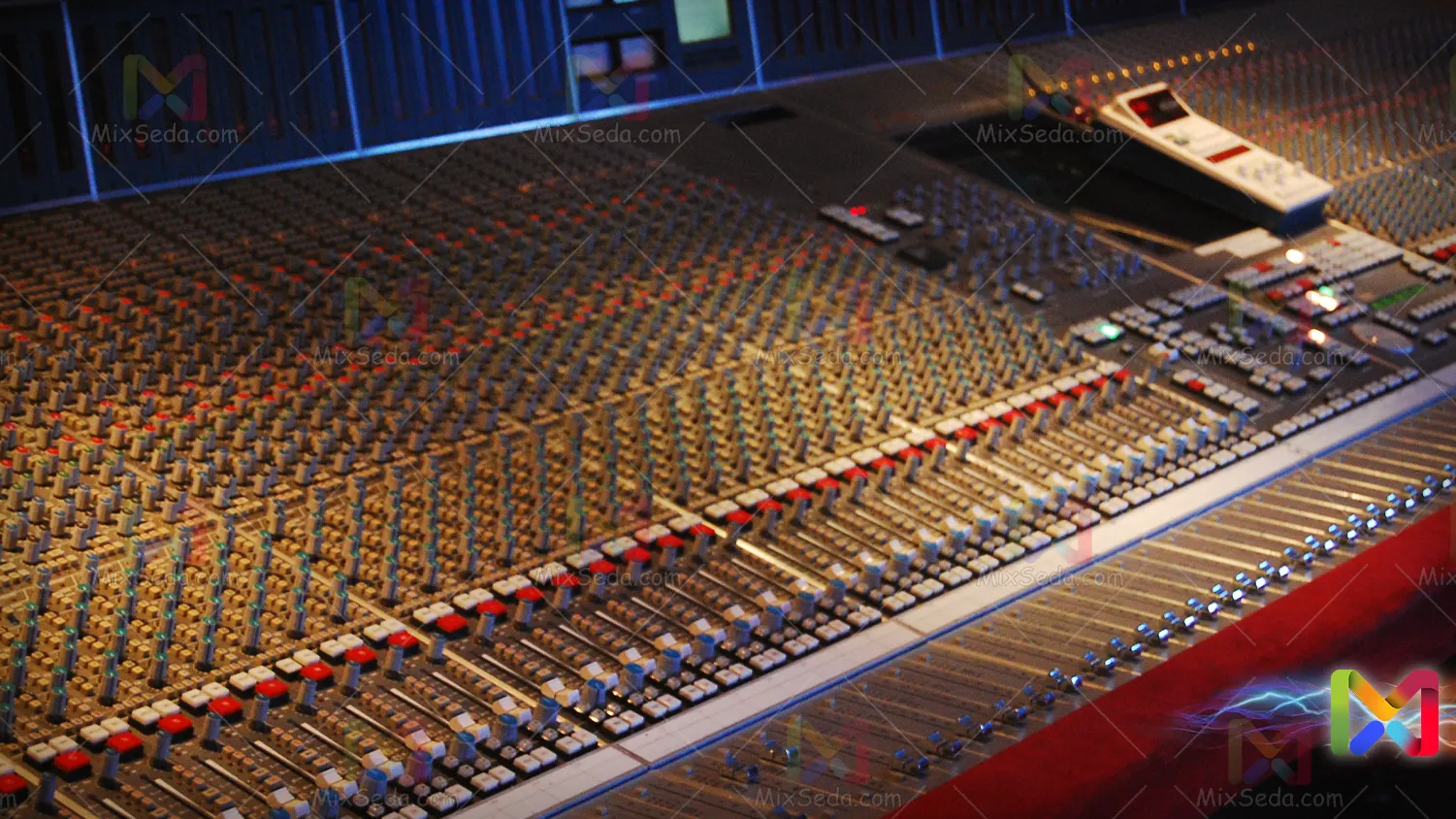
If you are new to the subject of recording and mixing sound, you may be wondering what exactly a mixer is. To answer the question of what a mixer is, we need to know:
Mixer consoles have many applications and are used in different places. Such as recording studios, sound systems, sound systems, nightclubs, radios, film production and ...
In a simple application, the mixer collects the sounds from the microphones and passes them to the amplifiers to amplify the signal and distribute it to the listeners.
A DJ mixer can only have two channels for mixing two recorded sounds.
A mixer in a coffee shop needs no more than 6 channels, for drummers, guitars and singers.
A live rock music mixer can have up to 24 channels, for the rhythm section, guitarists and singers, a professional studio mixer can have up to 96 channels.
Functionality of the mixer
In practice, mixers have capabilities beyond the sum of two electronic sound signals. Features such as Phantom Power for condenser microphones, control panel for sending sound to the left or right, filters and equalizers, which allow sound engineers to amplify and weaken parts of the frequency band, compressors for the sound engineer Allow to keep the volume at the maximum possible in the system, so that the signal does not enter the saturated part of the amplifiers and is not distorted, voice tracking functionality to send the signal from the mixer to other devices such as recorders and ...
Routing to monitors to send signals to monitors or headphones for listening, usually without these paths affecting the main output.
Some mixers, like Dynacord, can have effects like Reverb, Daily, Stereo and روی on themselves.
Or other options such as amplifiers useful for live performances, such as power mixers.
